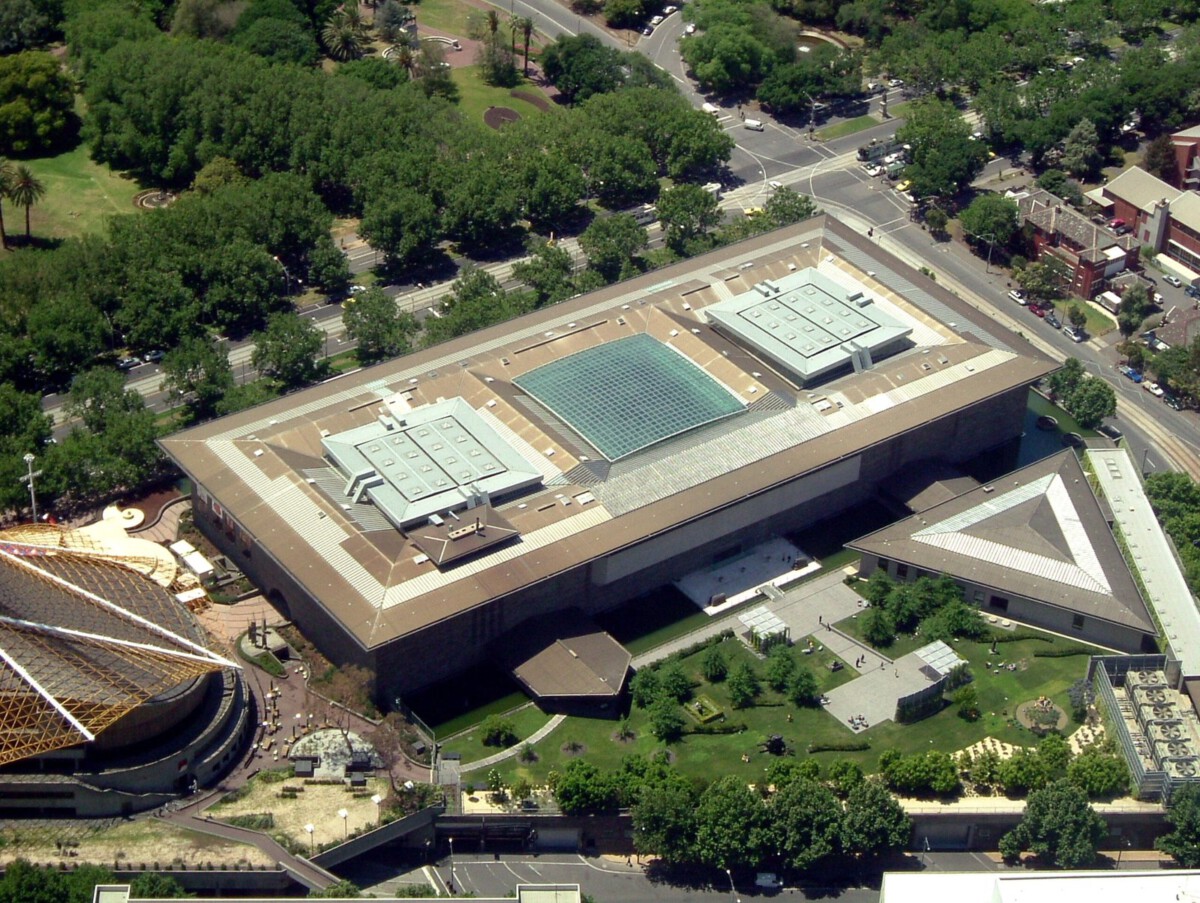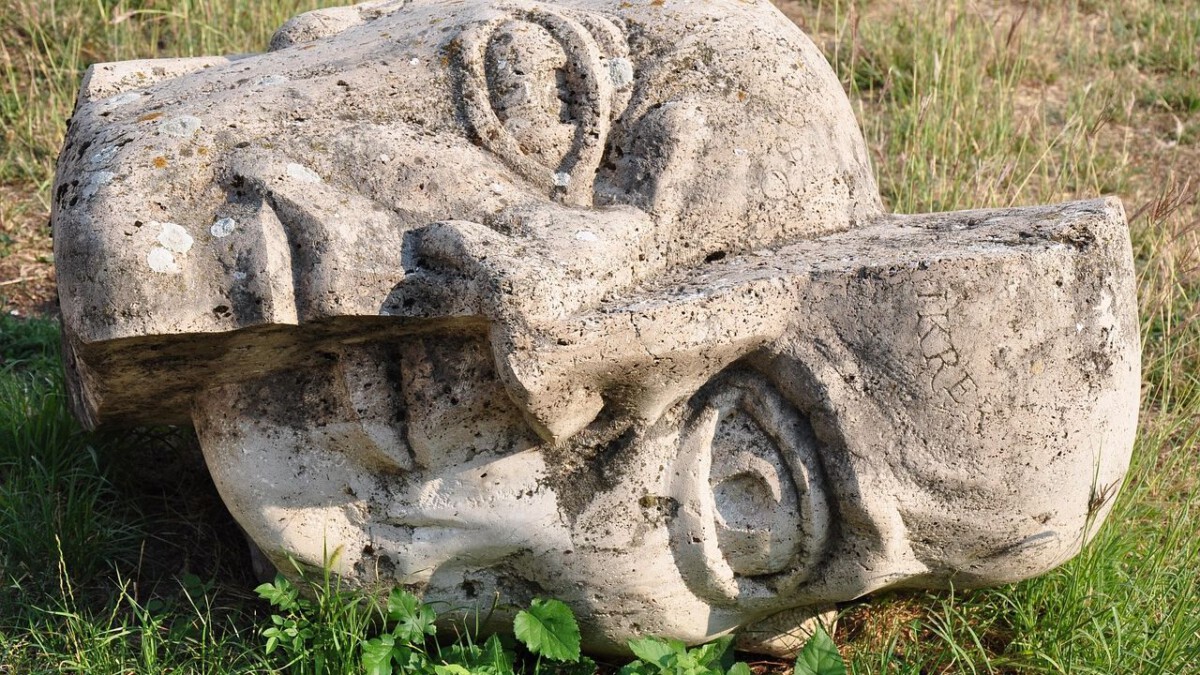The Discovery of Gold

In January 1848, a simple twist of fate at John Sutter’s sawmill in Coloma, California, initiated a cascade of events that would forever change the American West. James W. Marshall, a carpenter, stumbled upon gold flakes in the American River, setting off a frenzy that would attract hundreds of thousands to the region. Initially, the discovery was kept under wraps, but the allure of wealth was too tempting to contain. By March, whispers of gold reached the ears of many, and soon, the news spread like wildfire across the country and beyond. As a result, by 1849, a massive influx of people, famously known as the “Forty-Niners,” descended upon California, transforming its sparse landscape into a bustling hub of activity. The state’s population skyrocketed from a modest 14,000 in 1848 to an astounding 250,000 by 1852.
– **Key Statistics:**
– Over $2 billion worth of gold was extracted during this period.
– The population of California increased by over 1,700% within a few short years.
The Journey West

The journey to California was no small feat. It required grit, determination, and a willingness to face the unknown. Many hopeful prospectors embarked on the arduous trek by wagon train, utilizing well-trodden paths like the Oregon Trail and the California Trail. The trip spanned several months, with travelers braving harsh weather, treacherous terrains, and the ever-present threat of disease. Despite the formidable challenges, the dream of striking it rich was a powerful motivator for many. Families packed their belongings, often leaving behind their homes and familiar lives, driven by the tantalizing prospect of a new beginning.
– **Travel Routes:**
– The Oregon Trail was a favored route for many settlers heading west.
– The California Trail was specifically used by those seeking gold in California.
Impact on Native American Communities

The Gold Rush, while a beacon of opportunity for many, cast a long shadow over Native American communities. As waves of settlers poured into California, indigenous lands were rapidly encroached upon, leading to inevitable conflicts and violence. Many Native American tribes found themselves forcibly removed from their ancestral territories, their cultures disrupted and autonomy stripped away. The introduction of new diseases by settlers further exacerbated the situation, leading to significant declines in Native American populations. This period marked a profound loss of cultural heritage and identity for many tribes.
– **Consequences for Native Americans:**
– Many tribes faced displacement from their traditional lands.
– The introduction of diseases led to high mortality rates among indigenous populations.
Economic Transformation

The Gold Rush acted as a catalyst for economic growth in the American West, sparking a feverish development of towns and cities. San Francisco, for example, metamorphosed from a sleepy settlement into a thriving metropolis almost overnight. The insatiable demand for goods and services prompted the rise of various businesses, from general stores to saloons, catering to the needs of the burgeoning population. Moreover, the influx of gold significantly bolstered the national economy, providing a much-needed financial boost during this transformative era.
– **Economic Highlights:**
– San Francisco’s population surged from 1,000 in 1848 to over 25,000 by 1850.
– New industries, such as agriculture, shipping, and banking, flourished in the region.
The Role of Technology

Technological advancements played a pivotal role in the Gold Rush, revolutionizing mining practices and transportation. Miners employed a variety of techniques to extract the precious metal, from the rudimentary method of panning to more advanced techniques like sluicing and hydraulic mining. These innovations not only increased gold yield but also transformed the landscape of mining itself. Additionally, the advent of the steam locomotive facilitated the movement of people and goods, further amplifying the economic impact of the Gold Rush and connecting the West with the rest of the country.
– **Mining Techniques:**
– Panning involved washing dirt in water to separate gold particles.
– Hydraulic mining used high-pressure water jets to dislodge rock and soil.
Social Changes and Cultural Impact

The Gold Rush was a melting pot of cultures, drawing individuals from all corners of the globe. Immigrants from China, Europe, and Latin America flocked to the American West, each bringing their unique customs and traditions. This diverse tapestry of people contributed to the rich social fabric of the region, fostering a spirit of multiculturalism. However, this convergence of cultures also led to tensions and discrimination, particularly against Chinese immigrants who faced significant prejudice and violence. Despite these challenges, the Gold Rush era paved the way for a more diverse and dynamic society.
– **Cultural Diversity:**
– Significant numbers of Chinese, Irish, and German immigrants arrived during this period.
– Social tensions arose, with racial discrimination and violence against minority groups being common.
The End of the Gold Rush

By the mid-1850s, the fervor of the Gold Rush began to wane. Gold became increasingly elusive, and many miners, disheartened by the diminishing returns, left California in search of new opportunities. The population, once a whirlwind of activity and ambition, began to stabilize. Although the Gold Rush era had ended, its legacy continued to shape the American West. The infrastructure developed during this period, such as railroads and roads, laid the foundation for future growth and expansion, ensuring that the spirit of the Gold Rush lived on.
– **Legacy:**
– The Gold Rush set the stage for future waves of migration to the West.
– Infrastructure, including railroads and roads, facilitated further economic growth.





